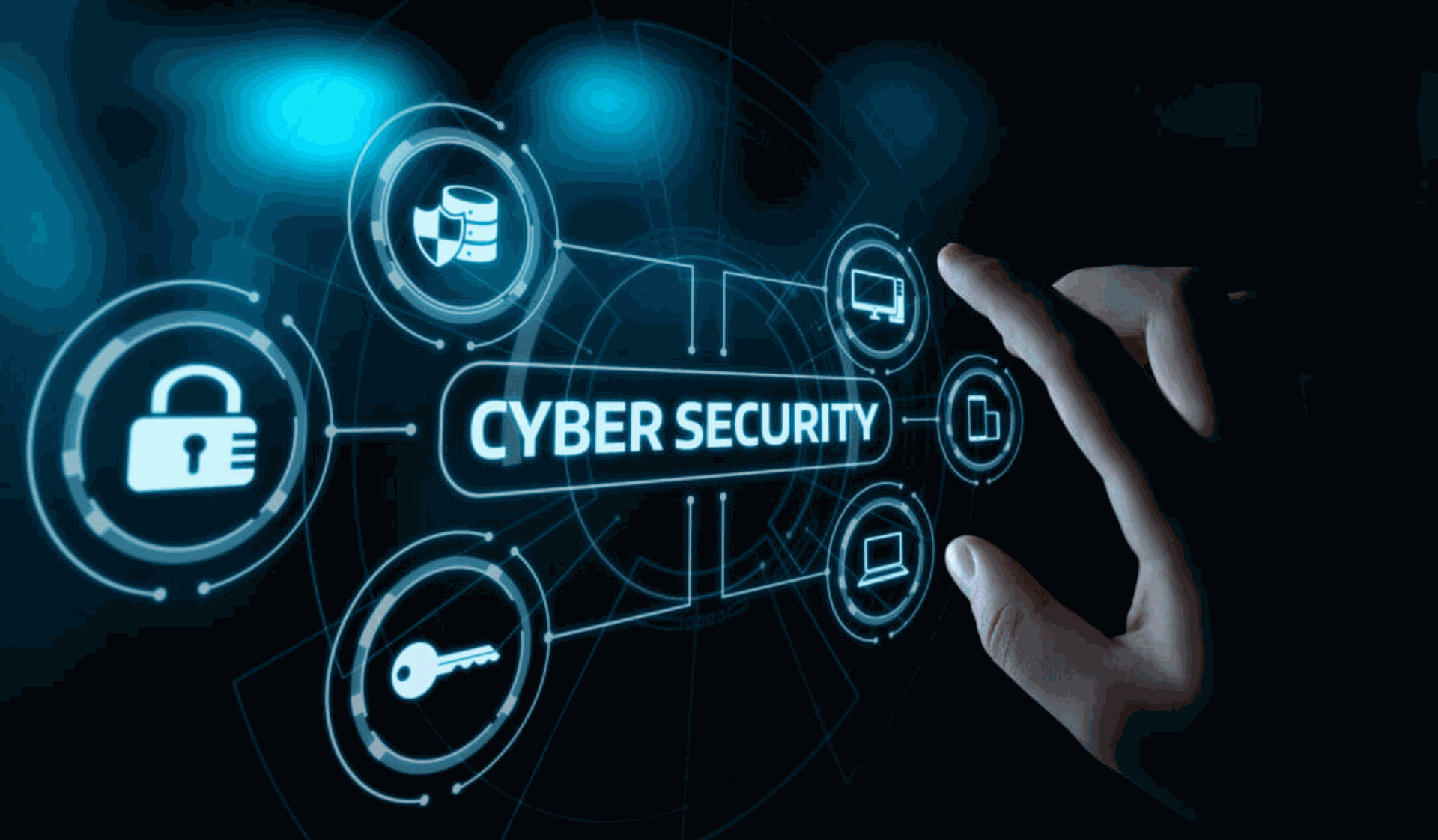ISO 27002: Controls for your information risks
In today's digital era, organizations across all sectors face the critical task of safeguarding their sensitive information. Recognizing this challenge, the International Organization for Standardization (ISO) developed ISO 27002 as a comprehensive guide for information security controls. This article explores the key aspects of ISO 27002, its significance, and how your organization can utilize it to establish best practices and protect valuable data. If you are unfamiliar with ISO 27001 which has close ties to the 27002 standard, you can find an article written by us on that topic here: ISO 27001: Safeguarding Information Security for Your Organization (ctrl-disrupt.nl)
What is the ISO27002?
The ISO27002 standard focusses on a set of information security controls that can be applied throughout your organization. These measures are used to mitigate or reduce the identified risks. This is complementary to the 27001-standard due to it providing a more in-depth look at these controls and providing detailed information on:
- The operation of each control measure
- The purpose of each control measure
- The implementation of each control measure
Why would the ISO 27002 be important to my organization?
Implementing relevant parts of ISO 27002 brings numerous benefits to organizations in terms of information security management and overall operational resilience. Some of the key advantages include:
Establishing a Comprehensive Security Baseline:
ISO 27002 provides organizations with a systematic approach to identifying, implementing, and maintaining security controls. By following its guidelines, organizations can establish a comprehensive security baseline that covers a wide range of potential threats and vulnerabilities. It is good to note that we at CTRL Disrupt do not advice to blindly implement the whole ISO27002. Use it as a tool to help you establish your own, custom, security baseline.
Tailoring Controls to Specific Needs:
The standard offers a comprehensive set of controls that organizations can select and tailor to their specific security needs. This flexibility allows organizations to align their security measures with the unique risks they face and the regulatory requirements they must comply with.
Enhancing Risk Management:
ISO 27002 promotes a risk-based approach to information security by emphasizing the identification and assessment of risks. By conducting thorough risk assessments and implementing appropriate controls, organizations can effectively manage their security risks and minimize potential impacts. A risk-based approach is critical to ensure full risk coverage and prevent overspending and unnecessary spending of resources.
Strengthening Security Awareness and Culture:
ISO 27002 emphasizes the importance of promoting security awareness among employees. By implementing its recommendations, organizations can foster a culture of security-consciousness, ensuring that employees are equipped to identify and respond to security threats effectively.
Compliance with Industry Standards and Regulations:
ISO 27002 provides a framework that helps organizations meet various industry-specific standards and regulatory requirements. By aligning their security practices with ISO 27002, organizations can demonstrate their commitment to security.
How your organization can implement the ISO 27002
To implement ISO 27002 effectively, organizations should follow a structured approach that aligns with their specific needs. Here's a generalized outline of the implementation process:
Familiarize yourself with ISO 27002:
Gain a comprehensive understanding of ISO 27002 and its guidelines. Identify the controls that are relevant to your organization and the areas where improvements are needed.
Conduct a Gap Analysis:
Perform a gap analysis to assess the organization's current security posture and identify areas where it deviates from ISO 27002's recommendations per control. This analysis will help prioritize actions and allocate resources effectively. As mentioned before, don't blindly implement the whole ISO 27002. This will cause too much "security", ironically causing you to be not secure anymore.
Develop an Implementation Plan:
Based on the gap analysis, develop a detailed implementation plan that outlines the necessary steps, responsibilities, and timelines. Engage key stakeholders and ensure management support throughout the process.
Establish Security Policies and Procedures:
Develop and document security policies and procedures that align with ISO 27002. These documents should cover various areas, including access control, incident response, business continuity, and employee awareness.
Implement Security Controls:
Implement the recommended controls from ISO 27002, ensuring they align with your organization's risk appetite and regulatory requirements. These controls may involve technical measures, physical safeguards, and organizational practices.
Train and Raise Awareness:
Provide training and awareness programs to educate employees about information security best practices. Ensure that employees understand their roles and responsibilities in maintaining a secure environment.
Continuously Monitor and Improve:
Regularly monitor the effectiveness of implemented controls through internal audits and reviews. Identify areas for improvement and take corrective actions to enhance the organization's security posture continually.
Conclusion
In conclusion, ISO 27002 serves as a comprehensive guide for information security controls, assisting organizations in safeguarding sensitive data in today's digital era. By implementing ISO 27002, organizations can establish best practices, tailor security controls to their needs, enhance risk management, promote security awareness, ensure compliance, and continuously improve their security posture. Embracing ISO 27002 helps organizations to protect valuable information, instil trust, and thrive in the digital landscape.



